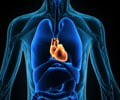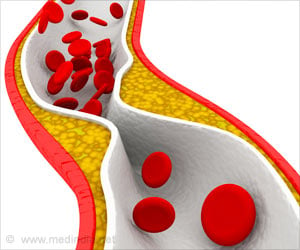A new study has found a link between the gene for the HDL-associated protein paraoxonase 1 (PON1) and adverse cardiac events such as coronary artery disease.
A new study has found a link between the gene for the HDL-associated protein paraoxonase 1 (PON1) and adverse cardiac events such as coronary artery disease.
Researcher Stanley L. Hazen, M.D., Ph.D of the Cleveland Clinic and colleagues have also found that the variations in both the PON1 gene and its enzyme activity might increase the likelihood of cardiovascular disease events.For the study, Dr. Hazen and colleagues examined the link between PON1 activity (such as anti-inflammatory and antioxidant activities) and whether a PON1 gene variation (polymorphism) Q192R was linked to a higher rate of cardiovascular disease and major adverse cardiac events.
In the study, the researchers included 1,399 patients who elected to undergo diagnostic coronary angiography between September 2002 and November 2003, and were followed-up until December 2006.
Hazen and colleagues found that participants in the highest PON1 activity quartile (7.3 percent for paraoxonase) were significantly less likely to have major adverse cardiac events as compared to those in the lowest activity quartile (25.1 percent for paraoxonase).
The study also indicated that variations of the PON1 gene demonstrated significant dose-dependent associations with decreased levels of serum PON1 activity and increased levels of measures of oxidative stress and that the PON1 Q192R polymorphism and serum PON1 activity were associated with both coronary artery disease and adverse cardiovascular events over the ensuing three year period after enrollment in the study.
“The current findings provide direct prospective evidence of an important mechanistic link between the PON1 gene and PON1 systemic activity measures with both multiple quantitative indices of oxidative stress and atherosclerotic heart disease development in humans,” the researchers said.
Advertisement
“Thus, the present studies also provide further support for the concept that functional properties beyond the ability of HDL and its associated proteins to promote reverse cholesterol transport contribute to the overall ability of this lipoprotein to reduce or prevent development of atherosclerosis,” the researchers added.
Advertisement
Source-ANI
SRM/L











